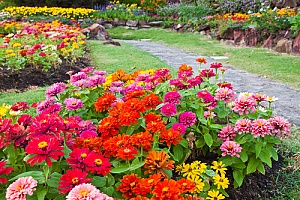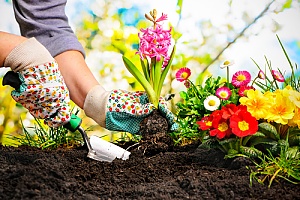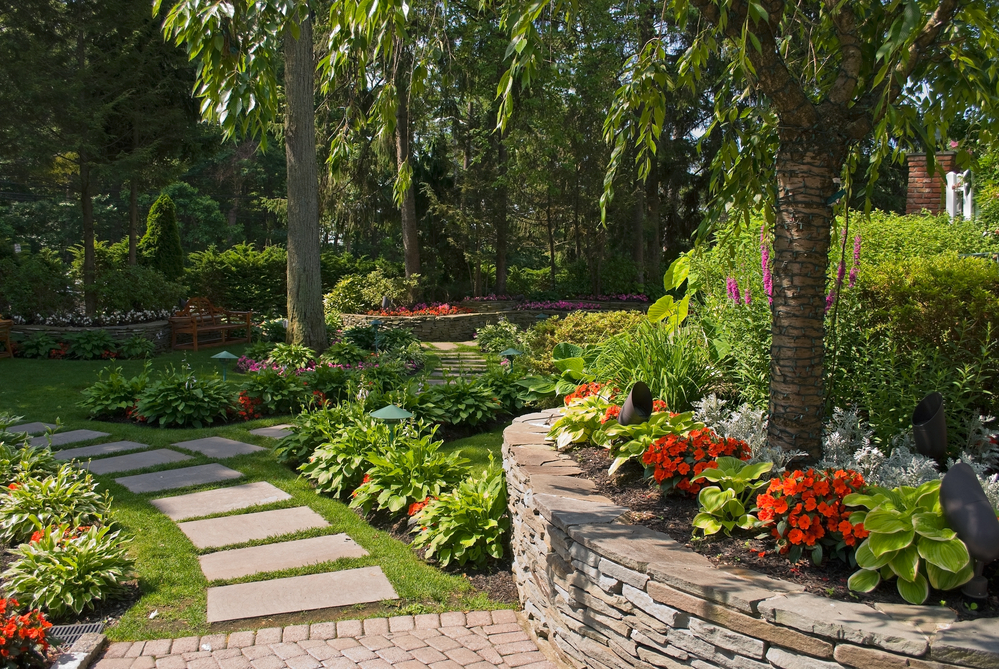 If you’re thinking about starting a garden, the first thing you need to consider is what type of garden you will have. There are many different choices and often it can be hard to pick just one, but hopefully you can narrow it down. But by narrowing it down, you’ll make the gardening experience easier on yourself and the plants. If all your plants are similar, then it shouldn’t be very hard to care for them all. So here are some of the main garden ideas for you to choose from. Let us help you choose the perfect garden for you.
If you’re thinking about starting a garden, the first thing you need to consider is what type of garden you will have. There are many different choices and often it can be hard to pick just one, but hopefully you can narrow it down. But by narrowing it down, you’ll make the gardening experience easier on yourself and the plants. If all your plants are similar, then it shouldn’t be very hard to care for them all. So here are some of the main garden ideas for you to choose from. Let us help you choose the perfect garden for you.
Flowers
If you’re just looking for something to look nice in your yard, you’ll want a flower garden. Perennial flowers are flowers which stay healthy year-round. They’re basically weeds because of their hardiness, only nice looking. Different areas and climates have different flowers which are considered perennials. If you do a quick internet search for your area, you can probably find a list of flowers that will bring your flower garden to life. These usually only require work in the planting stage – after that, the flower take care of themselves. The only downside to this is that you don’t have any product to show for it.
Vegetable Garden
Another choice for your garden is to have a vegetable garden. These usually require a little more work and research than a flower garden, but can be much more rewarding. No matter what time of the year it is, you can usually find one vegetable that is still prospering. That way you can have your garden be giving you produce almost every day of the year! When starting a vegetable garden, you should build it with the thought in mind that you will be adding more types of veggies in later. This will help your expandability. Once all your current crops are out of season, you won’t be stuck with almost nowhere to put the new crops. A vegetable garden is ideal for someone who wants some produce, but doesn’t want to devote every waking hour to perfecting their garden (see below.)
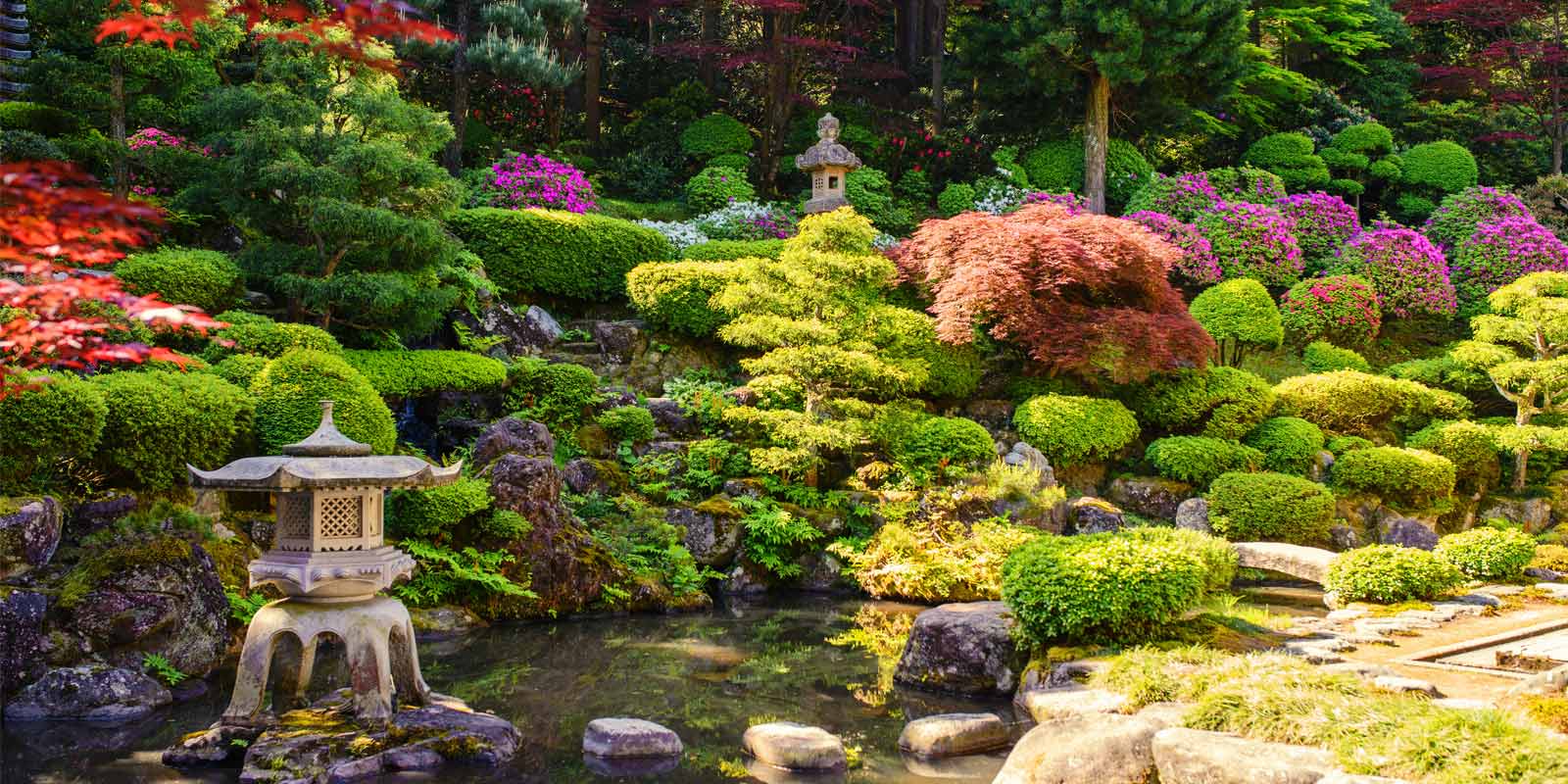 Fruit Garden
Fruit Garden
One of the more difficult types of gardens to manage is a fruit garden. It’s definitely the most high-maintenance. When growing fruits, many more pests will be attracted due to the sweetness. You not only have to deal with having just the right dirt and fertilizer, you have to deal with choosing a pesticide that won’t kill whoever eats the fruits. Your fruit garden will probably not produce year-round. The soil needs to be just right for the plants to grow, and putting in another crop during its off-season could be disastrous to its growth process. If you’re willing to put lots of work into maintaining a garden, then a fruit garden could be the perfect garden for you.
Decision Time
So now that I’ve outlined some of the main garden types that people choose, I hope you can make a good decision. Basically, the garden type comes down to what kind of product you want, and how much work you want to put into it. If you’re looking for no product with no work, go with a flower garden. If you want lots of delicious product, but you are willing to spend hours in your garden each day, then go for a fruit garden. Just make sure you don’t get into something you can’t handle!
Choosing the Best Plants for your Garden
Many times we buy plants on impulse then find there is nowhere in the garden that really suits them. Before buying plants carefully examine your garden to see how much sun and shade it gets, whether the soil is well drained or waterlogged and whether your aspect is sheltered or windswept. You’ll then be equipped to go and buy the best plants for your situation; shade-loving plants for the sheltered areas, sun-lovers for the warm spots, drought-resistant plants for the parched areas which may be either sunny or shaded, and swamp plants for the poorly-drained parts.
Soil Test
But wait! Test your soil first, to determine the pH level of your soil and what kind of nutrients you need to add, if any. Is the soil acid or alkaline? Most plants prefer soil that is slightly acidic, but there are some that must have alkaline soil to grow. You can alter the soil’s pH level, but it’s much easier to simply plant for the soil you have.
Now you are ready to plant. Well – almost. Will you plant in groups or singly? If you buy ‘one of everything’ your garden may seem rather spotty. Group plantings are organised, harmonious and you can vary the color for interest could this be the perfect garden for you?
Plant Layout
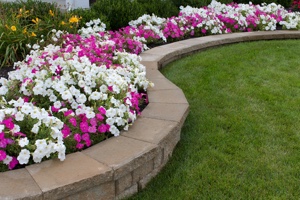 Before planting out, place your chosen plants around the garden bed in their pots to see how they will look. Re-arrange them until you are satisfied. Grouping plants in sets of threes or fives usually looks better than planting in groups of even numbers. Be sure that you have an interesting combination of colors and textures of plants. Tall plants should go to the back, or the center if your garden will be viewed equally from all sides. Try to keep your plants away from trees. The roots of trees are fiercely competitive and will steal all the nutrients and moisture meant for your flowers.
Before planting out, place your chosen plants around the garden bed in their pots to see how they will look. Re-arrange them until you are satisfied. Grouping plants in sets of threes or fives usually looks better than planting in groups of even numbers. Be sure that you have an interesting combination of colors and textures of plants. Tall plants should go to the back, or the center if your garden will be viewed equally from all sides. Try to keep your plants away from trees. The roots of trees are fiercely competitive and will steal all the nutrients and moisture meant for your flowers.
The right color scheme is one way to maintain the harmony in your garden. Imagine the color of the flowers when they are in bloom. Some colors may clash with others, but can still be planted side-by-side if they have a different blooming season. Foliage color is also important. Many flower plants have silver, grey or purplish foliage that is just as attractive as the flower. This means that they are still attractive well past the blooming season and so have added value.
Vegetable Gardening Tips
With the costs of living rising all the time, it may be possible to save money and increase your family’s health at the same time by growing vegetables in your backyard. It’s a good idea to choose your favorite vegetables to grow and plan beds for early, middle of the season and late varieties. Could this be the perfect garden? Most vegetables require at least 6 hours of sunlight per day, some need 8. Some quick growers like lettuce and radish can be grown between the rows of plants that take longer to mature, like beet or corn, thus making full use of the area available. Throughout dry periods, vegetable gardens need extra watering. Most vegetables benefit from an inch or more of water each week, especially when they are fruiting. During the growing season watch for insect pests.
Organic
Organic gardening is one healthy and environment-friendly option. Once you have reaped your crop, put the vegetable waste into your compost pile so that it can be recycled for next spring. It is important to protect your vegetable garden from wild animals looking for a tasty treat. Make sure your garden is surrounded by a fence that will keep out dogs, rabbits, and other animals. The harm done by wandering animals during one season can equal the cost of a fence. A fence also can serve as a frame for peas, beans, tomatoes, and other crops that need support.
Creating the Ideal Garden Layout
Designing the perfect garden layout is essential for ensuring your plants thrive in their new environment. Consider grouping plants with similar sunlight, water, and soil needs together to create a harmonious and easy-to-maintain garden. By placing taller plants in the back or center and arranging shorter ones in front, you ensure that all plants receive adequate sunlight. Additionally, mixing plants with varying foliage colors and textures can add visual interest throughout the year, making your garden not only productive but also visually appealing. With the right planning, your garden layout will become a beautiful and efficient space.
Summary

Dirt Connections was started with one goal in mind: providing quality residential and commercial construction services to clients on time and on budget. Reach out for more information on how we can support your next project.
For your convenience our estimates are free and by appointment. Call 703-940-9949 for a free estimate today!

